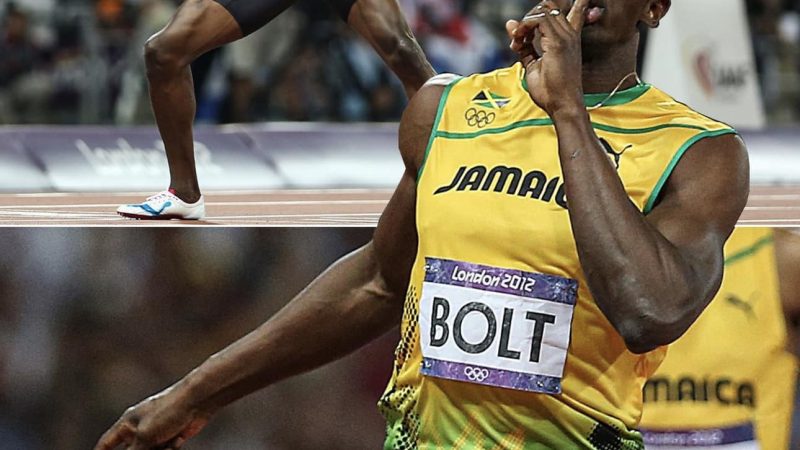The dream to create intelligent machines has been a dream for mankind since the dawn of time. Scientists have now made what was Sci-fi a reality just like in the star-wars films. They have achieved this by being able to build robots that look like us and act and act like us everyday which is quite mind blowing.
During the 15th century Da Vinci had plans for a mechanical knight which was ahead of its time, it could lift its visor, sit and stand. It had a mechanism of pulleys that allowed it to do those operations making it basically a humanoid robot. It is not really clear if it was really built but this shows that the concept of humanoid robots has been there.
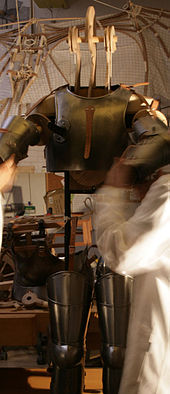
This post will explore the historical journey of humanoid robots, from their conceptual beginnings to the advancements shaping their present and future.
Ancient texts of previous human civilizations indicate this human fascination with automation. In Greek mythology, there is a tale of Talos which talks about a bronze automated machine which was the guardian of Crete. It patrolled the shores three times a day and watched out for invaders and legends say it hurled stones at those who dared to come close. It is not clear if it was ever built but it is astonishing that these concepts existed earlier on.
The Liezi, a Taoist text which was compiled around 4CE tells a story of King Mu of Zhou who encounters a life-size artificial human which was built by a skilled engineer called Yan sin and it could reportedly walk, sit and do what a man basically does. The story, although mythical, shows early Chinese ingenuity in creating moving machines.
Sketch books which were discovered in 1950 show designs of Leonardo’s Da Vinci’s robot. It is said that he put it on display in 1495 on the court of Milan. It was made of German-medieval armor and performed all maneuvers a human could do. Models have been from the designs discovered in 1950 and it shows that the designs completely worked.

Although the early attempts of making humanoid robots were fascinating, they are not as sleek as the machines we imagine today. They were limited by technology hence the robots struggled with basic movements. Power sources were another hurdle, these automata were powered by steam, water or some sort of clockwork mechanism. These ancient robots lacked control systems like modern ones and they were controlled usually by hand. Although these robots had quite a lot of challenges and limitations, they gave birth to modern robotics as we know it.
Today’s robots are designed with a more practical purpose. The early factory robots which did various tasks on the factory floors were evidence of a shift towards industrial robots that signified major development in the automation industry. The robots are capable of handling heavy machinery, weld with precision and do many other repetitive and hazardous tasks that could pose a risk to humans.
As concerns grew for safety, it led to development of remote controlled robots to tackle dangerous and hazardous tasks for instance bomb disposal robots. They have cameras and sensors mounted on them which allow operators to assess a dangerous situation from far. With governments around the world paying companies up to 21 million pounds for this technology.
The rise of industrial robots and remote controlled robots were not just for the factory floors or bomb disposal teams but they were a crucial stepping stone for the development of more complex humanoid robots
Picture a world before personal computers, a time when robots were made of gears and levers. Then, in the mid-20th century, an amazing breakthrough occurred when we were introduced to robots like Elektro! While they may not have been the sophisticated humanoids we envision today, they showed a significant advancement.
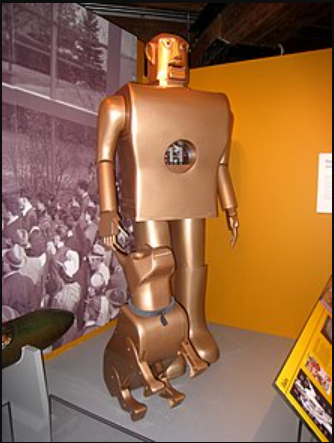
Elektro could respond to voice commands and engage in conversation . Though, showcasing smoking cigarettes as a party trick wasn’t exactly cutting-edge. Despite their idiosyncrasies, these early robots showed the potential of electronics to replicate human-like figures. They served as the foundational stones creating the path for the awe-inspiring robots we are developing today
In the vast landscape of robotics, there are two significant milestones which shaped the industry, Westinghouse’s Televox and Waseda University’s WABOT. Westinghouse’s Televox had a feature ahead of its time which allowed the operator to see what the robot saw as it was being controlled which gave it a sense of presence. It could move its arms and even pick up objects that were not heavy. The WABOT on the other hand marked a significant leap to humanoid form, it was built in 1972 by Waseda university in Japan. The robot could perform tasks like shaking hands, walking and even lighting a cig and also had the feature which enabled speech recognition.
Japan emerged as a leader in robotics research especially with a focus on human-like movement and interactions which is due to a few factors that are ingrained into the Japanese culture itself. The Japanese concept of harmony has influenced the design of robots to seamlessly collaborate with humans. The population in Japan is aging and this has led to a growing need of robots that can assist them with eldercare and other tasks requiring a human approach. Japan has a strong engineering background and this has led them in the robotics field to develop humanoid robots like the ASIMO and HRP-2.
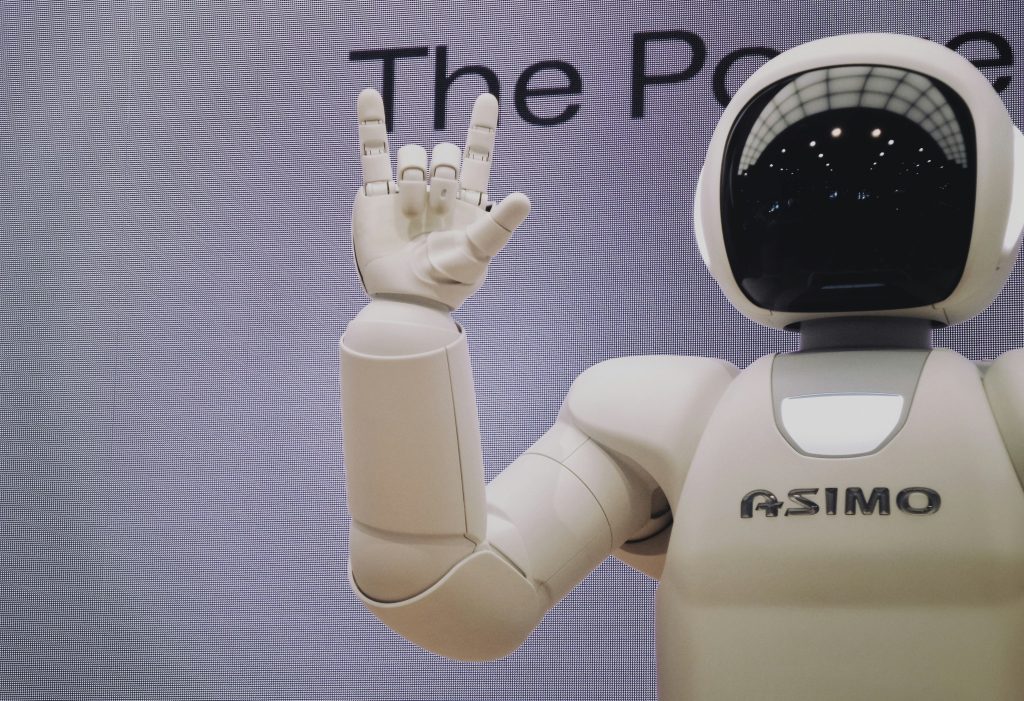
The late 20th and early 21st centuries marked a transformative era in robotics which was driven by the convergence of powerful computing technology and advanced artificial intelligence (AI). Picture the transition from old robots to machines equipped with lightning-fast processors and the capacity to learn autonomously. These advancements facilitated precise movements and heightened perception in robots. Moreover, the integration of AI introduced a new dimension of intelligence which empowered robots to learn from experience, adapt to varying situations, and even make decisions autonomously. This seamless fusion of technology paved the way for the development of sophisticated humanoids such as ASIMO and Atlas. As these creations blurred the lines between science fiction and reality, they also opened a new era full of exciting possibilities for the future of robotics.
There are many remarkable innovations in the world of humanoid robots, for instance Honda’s ASIMO can walk, run and even serve drinks with precision. There is also Sony’s QRIO which is no longer in production but captivated audiences with dance moves and routines. Boston dynamics’ Atlas is at the peak of humanoid robot agility which allows it to effortlessly execute parkour and move through tough terrains.
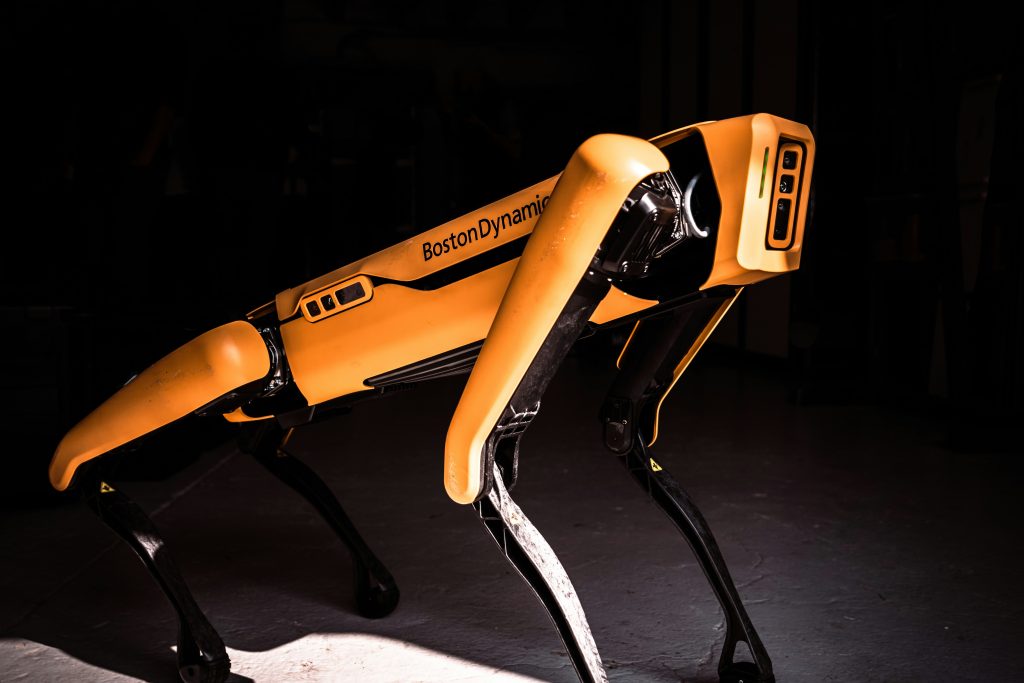
These robots contain advanced technologies and sensors like the Lidar Sensor which allows them to have a 3D image of the environment which makes it easy to navigate the obstacles in the environment. They also have Artificial intelligence which allows them to learn from their mistakes and make decisions on its own without human intervention. This integration between computers, sensors and Artificial intelligence allows for this robots to make precise movements and navigate through complex situations.






